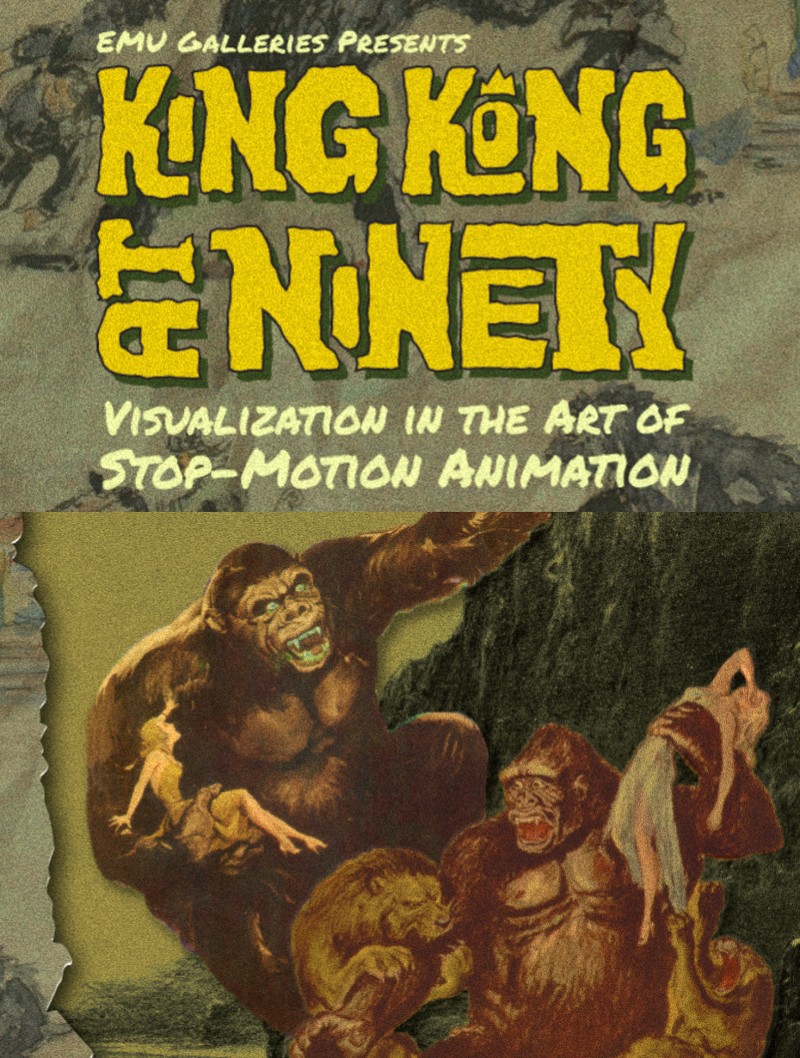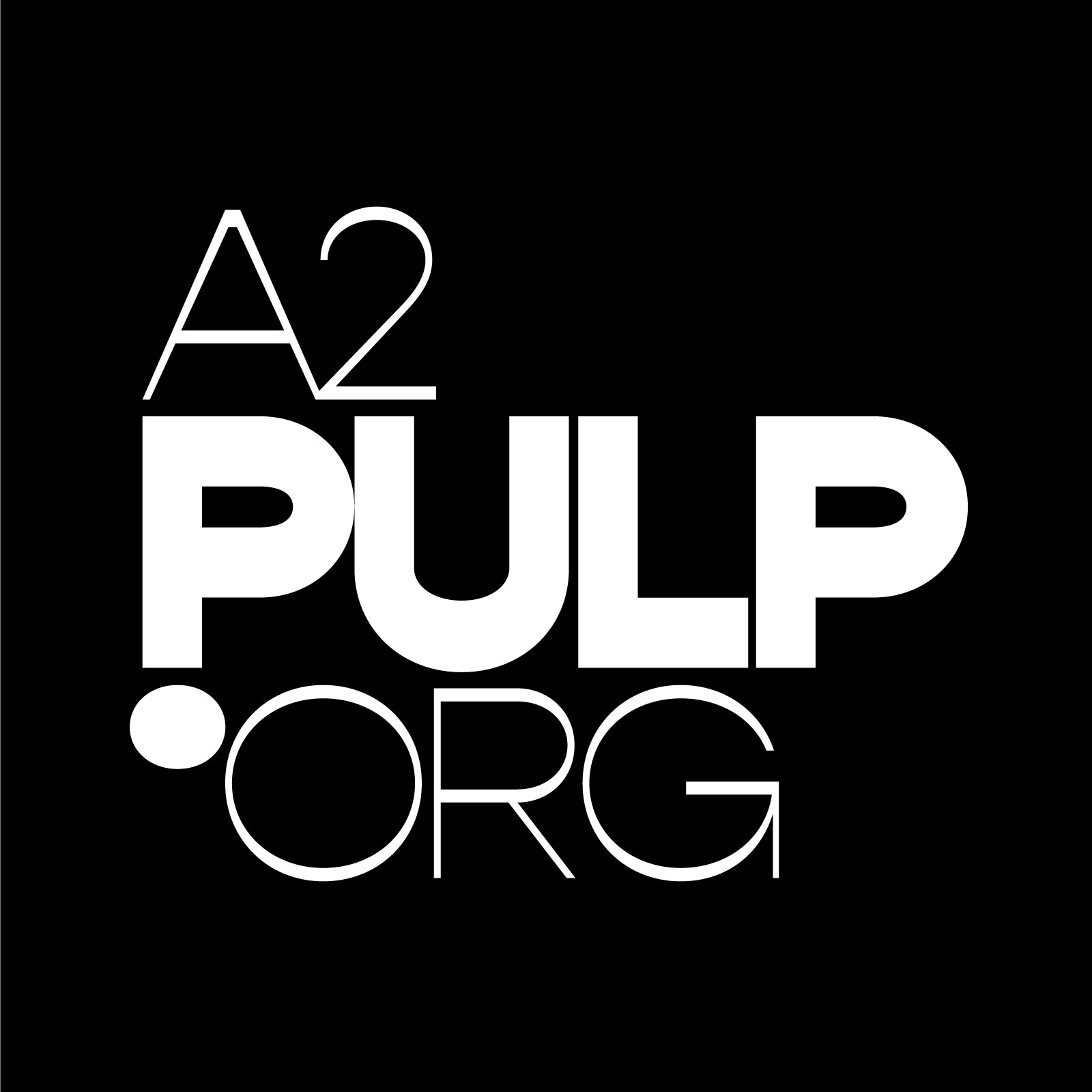Sounds of the City: Ann Arbor Celebrates Inaugural Make Music Day on Summer Solstice

The international Make Music Day offered sumptuous sounds for the summer solstice.
The inaugural Ann Arbor edition on June 21 included nearly 30 acts at 13 venues across town and celebrated a variety of genres, including jazz, Indian classical, folk, blues, power-pop, R&B, flowerpot music, electronic, and more.
The Ann Arbor District Library coordinated the free daylong music event, which featured amateur and professional musicians performing at theaters, parks, art galleries, coffee shops, and other community spaces.
AADL and the local community captured videos and photos from the Make Music Day performances:
EMU's "King Kong at Ninety: Visualization in the Art of Stop-Motion Animation" celebrates the creativity behind the film that helped launch the Creature Feature

While spending an hour-plus perusing Eastern Michigan University’s exhibit King Kong at Ninety: Visualization in the Art of Stop-Motion Animation, I was struck by how, in some ways, it’s probably harder for young film buffs to stumble upon the old classics.
Admittedly, nearly all movies that survived are available to us at any moment now, but that tsunami of choices also means viewers must specifically seek out a film like King Kong (1933) instead of merely tumbling out of bed before your parents get up on a Sunday morning, turning on the TV, and sampling that week’s “Creature Feature”—a genre largely spawned by the runaway blockbuster success of King Kong.
Even so, as demonstrated by King Kong at Ninety—on display at EMU's University Gallery through February 23—theatrical rereleases of the film served this same purpose for years, offering moviegoers multiple opportunities to experience what were, at the time, cutting edge, eye-popping visual effects. (It’s interesting to note how the poster art changed with each release, as well as how it was visually marketed in other countries.)
Plus, EMU’s exhibit offers up Depression-era magazine features dedicated to revealing how these cinematic images were achieved—though more of these articles trafficked in shoddy guesswork (i.e., an actor in a gorilla suit) than in accurate, researched reporting.
But even these misinformed attempts hint at the widespread sense of wonder and curiosity inspired by King Kong. So how did this seminal movie come to be made?


































